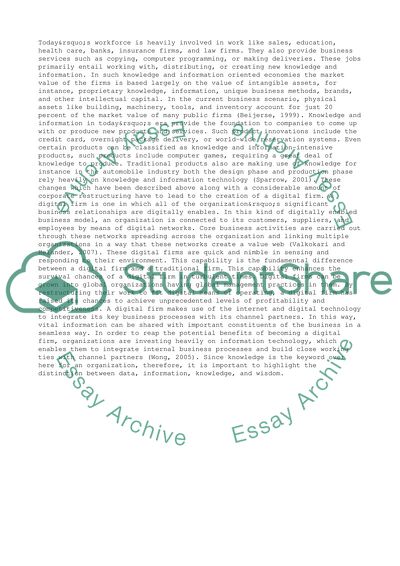Cite this document
(The Importance of Knowledge Managment to Organisations in 21st Century Term Paper, n.d.)
The Importance of Knowledge Managment to Organisations in 21st Century Term Paper. Retrieved from https://studentshare.org/management/1451038-business-information-systems-assignment
The Importance of Knowledge Managment to Organisations in 21st Century Term Paper. Retrieved from https://studentshare.org/management/1451038-business-information-systems-assignment
(The Importance of Knowledge Managment to Organisations in 21st Century Term Paper)
The Importance of Knowledge Managment to Organisations in 21st Century Term Paper. https://studentshare.org/management/1451038-business-information-systems-assignment.
The Importance of Knowledge Managment to Organisations in 21st Century Term Paper. https://studentshare.org/management/1451038-business-information-systems-assignment.
“The Importance of Knowledge Managment to Organisations in 21st Century Term Paper”, n.d. https://studentshare.org/management/1451038-business-information-systems-assignment.


